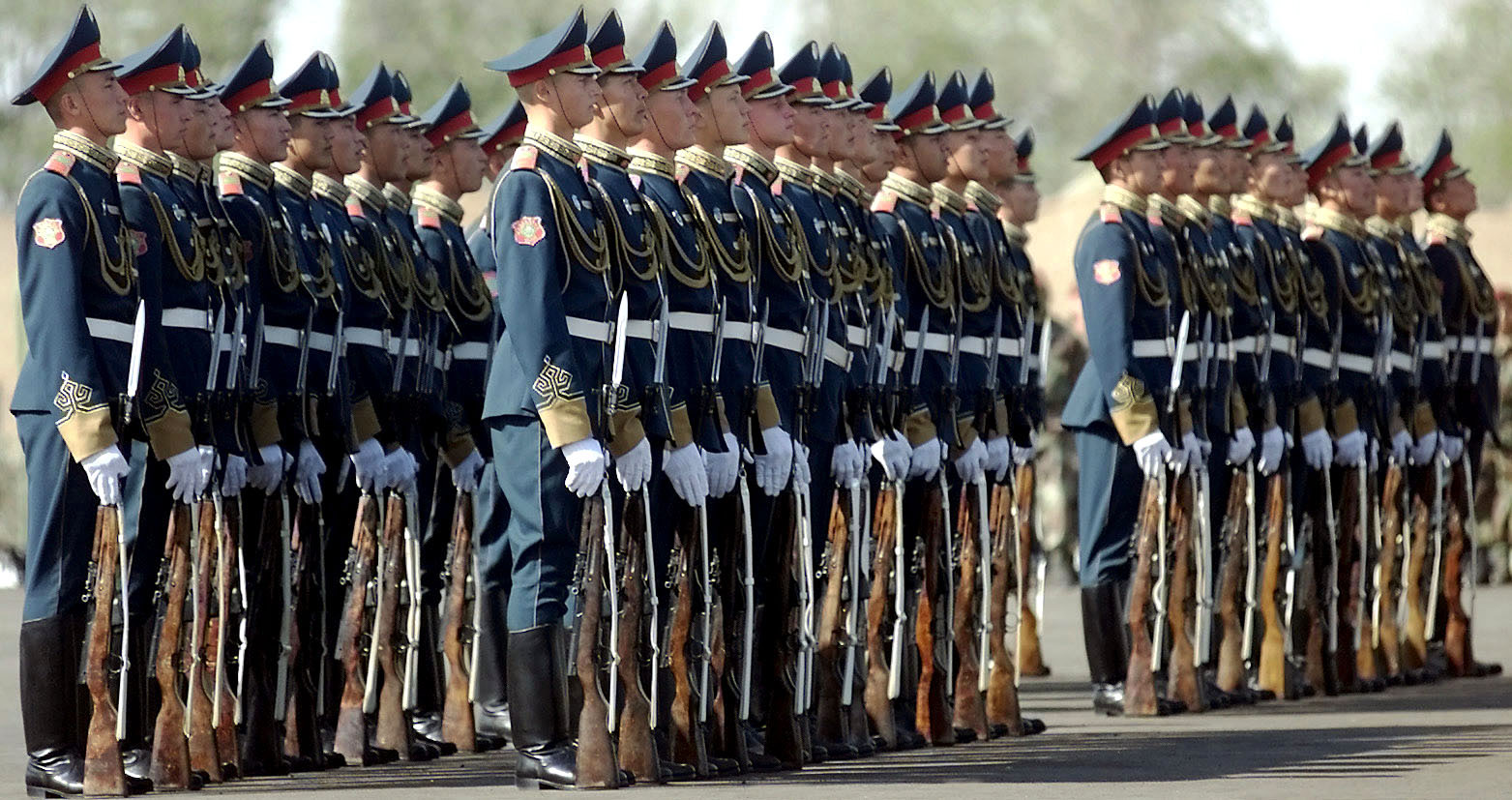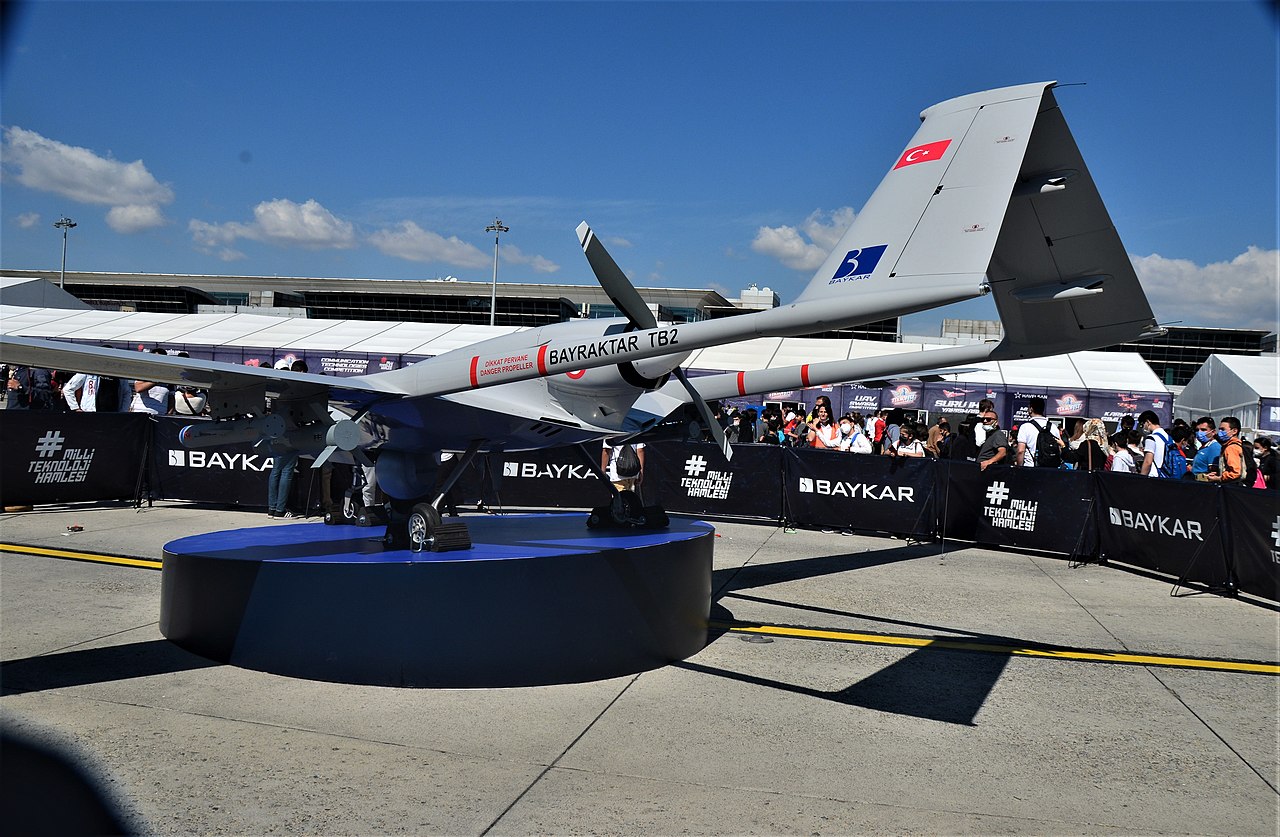
Argentina and China sign agreements to construct critical infrastructure such as nuclear power plants.
“The ambassador in Beijing assured that they will help Argentina get closer to the objective of its ‘formal entry’ into the BRICS.”
The accompanying passages suggest that Argentina’s political leadership would like to move the country away from Western economic and multilateral institutions, which often demand strenuous and politically challenging macroeconomic reforms and structural adjustments. Meanwhile, China has presented the most obvious alternative for Argentina given that the two countries have shared a robust economic relationship for many years. The leading edge of that relationship was always development-oriented in nature. Now, Argentina has displayed a willingness to embed itself in economic and multilateral institutions with a major Chinese presence. Argentina will participate as a special guest at future BRICS Summit gatherings. It will also apply to join the organization’s New Development Bank, according to Argentina’s left-leaning financial newspaper Ámbito Financiero. The country has stated its desire to permanently join the BRICS grouping in the future, for which Beijing has expressed initial support. Other events have also signaled a rapidly changing strategic environment in Argentina, such as the recent signing of the Memorandum of Understanding to join China’s Belt and Road Initiative, says leading Spanish-language wire service Agencia EFE. Argentina’s successful application to the Asian Infrastructure Bank in March 2021; China’s financing of nuclear power plants in Argentina; and Argentina’s desire to purchase the JF-17 Chinese-built fighter jet are just a few other recent examples that show China’s burgeoninginfluence in the country.
Sources:
“Argentina participará en la próxima cumbre del grupo de los BRICS (Argentina will participate in the next summit of the BRICS group),” Ámbito Financiero (Argentina’s left-leaning financial newspaper), 7 May 2022. https://www.ambito.com/argentina/participara-la-proxima-cumbre-del-grupo-los-brics-n5434293
Xi Jinping’s invitation… is extremely important, especially because of Argentina’s interest in joining the forum that has brought together Brazil, Russia, India, China and South Africa… the ambassador in Beijing assured that they will help Argentina get closer to the objective of its ‘formal entry’ into the BRICS.
Source: “Argentina formaliza la adhesión a la iniciativa china de las nuevas rutas de la seda (Argentina formalizes adherence to the Chinese Belt and Road Intiative),” Agencia EFE (the leading Spanish-language wire service), 11 May 2022. https://www.infobae.com/america/mexico/2022/05/11/como-el-cartel-de-sinaloa-y-el-cjng-han-innovado-la-produccion-de-cocaina-en-colombia/
Argentina formalized… the Memorandum of Understanding that it signed with China in February, which seals the adhesion of the South American country to the Belt and Road Initiative…. The document foresees cooperation projects in connectivity infrastructure, such as routes, railways, bridges, civil aviation, ports, energy and telecommunications…. The agreement will have a term of three years and will be automatically renewed for equal periods of three years, unless one of the parties gives notice that it terminates it at least three months in advance.
Image Information:
Image caption: Argentina and China sign agreements to construct critical infrastructure such as nuclear power plants.
Source: https://commons.wikimedia.org/wiki/File:Argentina_y_China_firman_contratos_para_construcci%C3%B3n_de_cuarta_y_quinta_central_nuclear_01.jpg
Attribution: CC BY-SA 2.0








